Mahin Afshar sold off most of her dowry, which she had brought to her husband's house from her ancestral home, to gather the 40,000 tomans she needed to finance her own business as a representative of foreign companies operating in Iran. The money helped her to receive a membership card from the Iranian Chamber of Commerce in 1957 and to register as Iran’s first officially recognized businesswoman.
Despite the fact that, according to documents of Iran’s Chamber of Commerce, Afshar was the first Iranian woman merchant to hold one of its membership cards, we know little of her childhood and family history. What we do know is that she was the grandchild of Malek ol-Tojjar (“Prince of Merchants”), and that she studied at the girls’ Jeanne d'Arc School in Tehran, which was run by French missionaries. She married Mr. Afshar, an engineer working at Petrochemical Company, when she was 28 years old.
After her marriage, Afshar, who was the secretary of the Nationalist Women Society, decided to start her own business. Women had done this before and some had been successful. Official statistics and historical sources suggest that, even when Iranian women were kept indoors, they found ways to trade goods and make significant profits.
Iran’s Businesswomen
Statistics show that, under the reign of Naser al-Din Shah Qajar (1831-1896), many women in Tehran owned significant amounts of property. One example was Hamdam ol-Saltaneh, the wife of Qajar Prince Zel ol-Soltan, who owned the Armenian caravansary. The sister of an individual known as Pasha Khan is also said to have owned a quarter of the Goldsmiths' Bazaar in Tehran.
But perhaps the most important source about women merchants in the 19th century is the 1869 census, which was carried out by Abdol Ghaffar Najm ol-Molk and mentioned people’s gender and economic status. In this census, out of 14,256 people living in Tehran, 4,000 women owned their own properties. A number of them were described as businesswomen and merchants.
One of Naser al-Din Shah's wives, Anis ol-Doleh, owned nine shops in Tehran bazaar. A woman named Fatemeh Soltan had a caravansary where she engaged in trade. Another woman, Haji Maryam, had 26 shops in Tehran’s Dowlat District, and it is said that she personally visited the shops to collect her earnings from the shopkeepers.
Najm ol-Saltaneh, the mother of Mohammad Mosaddeq who was prime minister from 1951 to 1953, also had large estates and was active in purchasing and selling land. Her letters to her brother, Farman-Farma, also showed the challenges she faced in business. Toward the end of her life she even acquired the dealership for Diba elevators in Iran.
Fakhr ol-Doleh Amini, Mozaffar ad-Din Shah Qajar’s daughter and mother of Ali Amini, Iran’s prime minister from 1961 to 1962, not only had a hand in commerce, but also launched the country’s first taxi network after importing the first taxis to Iran.
Converting Dowry to Venture Capital
Mahin Afshar, however, entered commerce with a relatively small capital. At the time, families expended huge sums to prepare the dowries they used to marry off their daughters. Afshar was no exception and she began her marital life with a considerable dowry that she was to use later to start a business.
Since she was the grandchild of Malek ol-Tojjar, she was well familiar with commerce. With her initial capital and by relying on past professional experiences, Afshar was the first woman to establish a transportation company, in 1967, starting her business in a rented house of about 30 square meters. She also obtained the dealership rights for various Danish and German brands in various fields, including electronics. Afshar was also the manager of a company importing diesel engines, electrical generators and welding machines.
By expanding her business, Afshar established branches of her transportation company in five large international ports: Amsterdam, Rotterdam, Antwerp, London and New York. The growth of her business encouraged her to ask for membership in the Tehran Chamber of Commerce. She received the membership card in 1957, becoming the first ever Iranian woman to officially become a member of this organization.
Since their establishment, and at the time when Afshar became a member, the chambers of commerce in Iran had gone through many changes.
As a result of the influence of Iran’s merchants, the Association of Merchants' Attorneys was established in 1884 as their first guild, creating a foundation for all trade and professional activities for the commerce sector. Founded by Haj Mohammad Hossein Amin ol-Zarb, the institution also played an important role in the emergence of the Constitutional Movement. It remained active under the same name until 1926.
On October 8, 1926, the name was changed to Tehran Chamber of Merchants and the organization was registered on the list of entities working under the Ministry of Commerce. Haj Amin Esfahani acted as its chairman, while Haj Mirza Abutaleb Eslamieh, Mirza Abdol Hossein Nikpour, Faqih ol-Tojjar, Agha Mirza Ali Mahluji, and Agha Sheikh Hossein Hariri were on its board of directors.
Haj Amin Esfahani remained its chairman until 1932. In subsequent elections for the chamber’s officers, Haj Hossein Mahdavi, Amin-ol-Zarb's son, was elected as chairman but maintained his position only for a year. He was replaced by Abdol Hossein Nikpour, who was elected in 1934. Nikpour maintained this position until 1956. Under his chairmanship, the Chamber of Merchants changed its name once again to be called Chamber of Commerce.
The chamber supported Iran’s commerce sector. That is why industrialists were also moved to establish an institution called the Chamber of Industries and Mining. In 1957, the draft scheme for the new chamber was presented to parliament on several occasions. It was at this time when Afshar applied for membership to the Tehran Chamber of Commerce.
Afshar also entered politics at this time, as she decided to participate in parliamentary elections. She also became an accomplished antique collector and an expert in interior decoration.
At the threshold of the 1979 Islamic Revolution, Afshar became a victim of her extensive economic activities, and her properties were confiscated. She was released from detention after a few months, and reportedly moved to the United States. Her recorded history ends with the confiscation of her property, meaning that the last days of her life remain as unknown as the earliest years of her life.
visit the accountability section
In this section of Iran Wire, you can contact the officials and launch your campaign for various problems




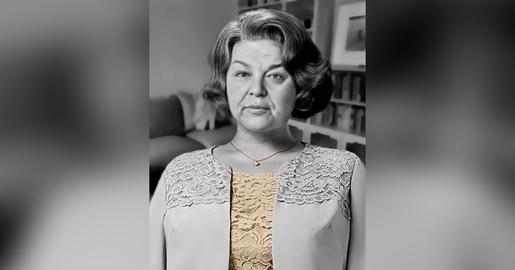






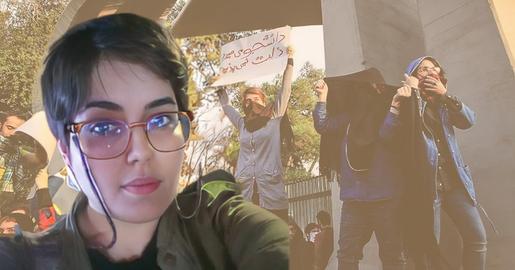





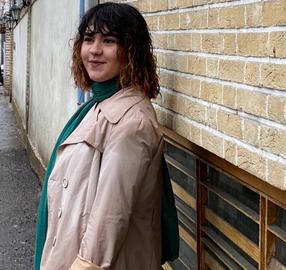
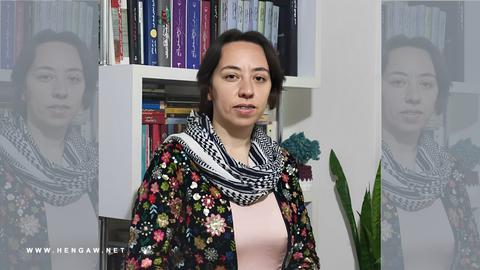




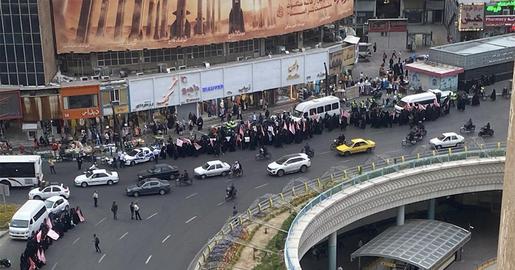

comments